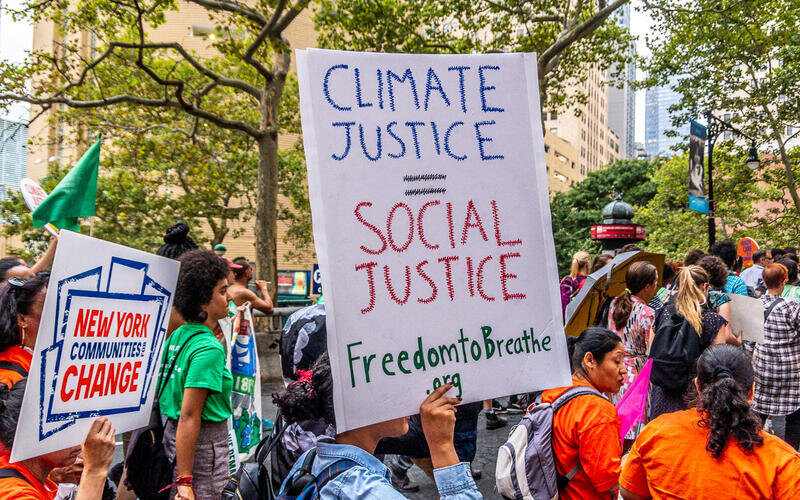New York Climate Act unfairly favors well-off neighborhoods
April 24, 2023
A change to criteria for disadvantaged communities has annihilated the equitable disbursement of benefits championed by the Climate Act.
Disadvantaged communities will ultimately receive less assistance per capita — precisely meant to protect vulnerable citizens from the harmful effects of the climate crisis — than the wealthier remainder of the population.
The change was specified in a document shared by the Climate Justice Working Group, a band of advisors tasked by the Climate Act to develop qualifying criteria for disadvantaged communities.
The Climate Act required that disadvantaged communities receive 35% to 40% of the profits from the state’s investments in clean energy and energy efficiency programs and projects.
Based on factors like the concentrations of particulate matter, industrial land use and proportions of minority groups, the group’s definition of disadvantaged communities includes 35% of the state’s population.
That last metric was specifically praised by proponents of the act. It expanded federal criteria to include a community’s percentage of people of color to acknowledge and counteract systemic racism
Ultimately, the group voted to include households with income “at or below 60% of State-Median Income,” upping the designated disadvantaged portion of the state’s population from 35% to over half.
This means that over half of the state, which is also the low-income portion, will receive a maximum of 40% of assistance, while less than half of the state could receive 60%.
“The State’s major climate law and programs should not, perversely, result in a disadvantage for the disadvantaged,” New York Communities for Change and Voices Of Community Activists & Leaders said in a joint statement in Aug. 2022.
The CJWG managed to eschew the concern throughout the 150-day window for public comment on the plan before finalizing the criteria on March 27.
In doing so, the group knowingly rejected a mountain of data invariably linking socioeconomic status to a slew of disadvantageous outcomes for racial minority communities.
Furthermore, the CJWG have implicated themselves in the government’s consistent playacting to equitably protect Americans from the growing threat of climate change, despite overwhelming evidence and urgent warnings.
The CJWG must retool its metrics by any bureaucratic choreography necessary.
Until the designation for disadvantaged communities makes up less than 40% of the population of the state, with a focus on low-income minority communities, the CJWG and the Climate Act at large will serve as a reminder of the systemic pressures that still burden low-income communities.







